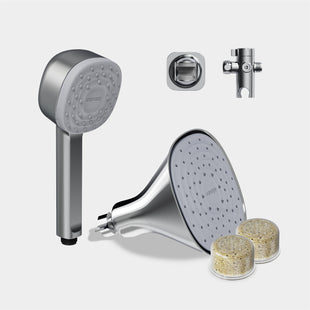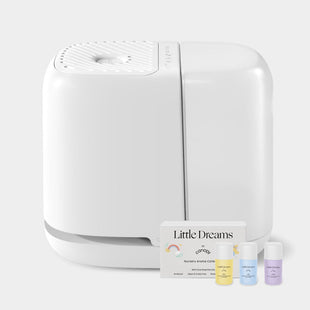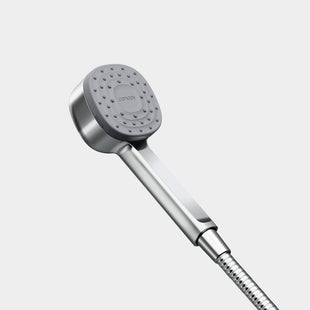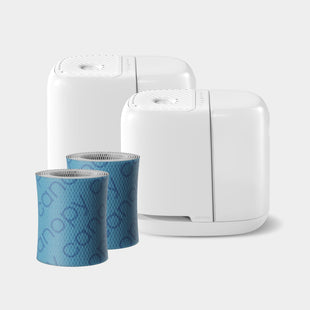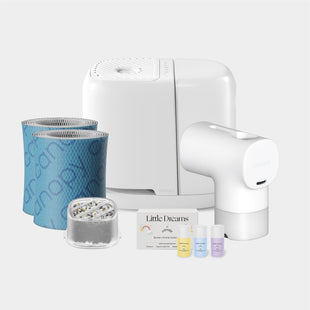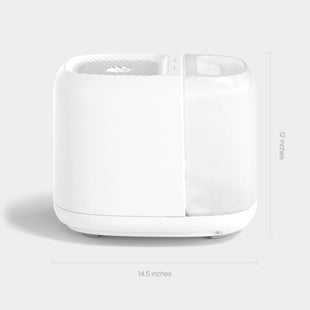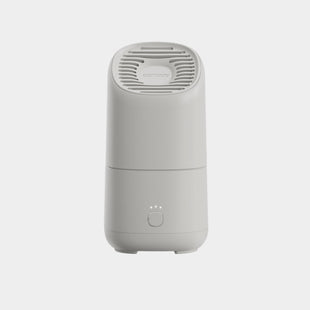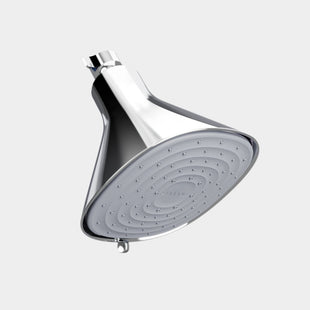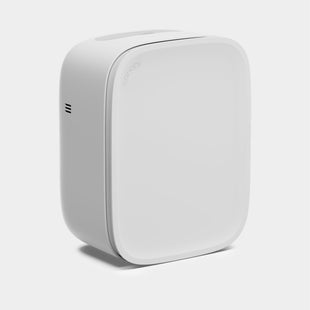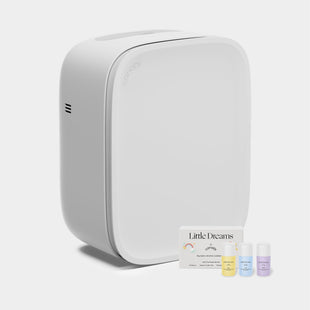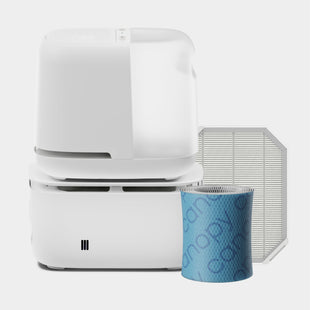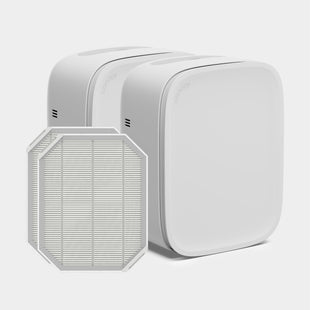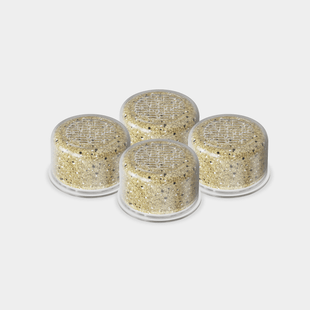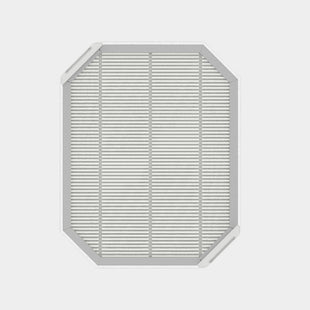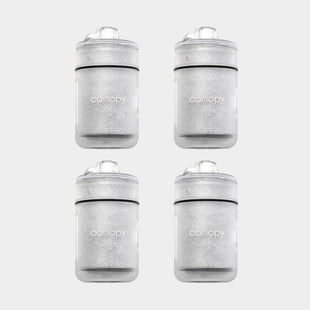When we think of air quality, outdoor pollutants often come to mind. However, our indoor air quality can actually contain more contaminants than outside air. For people who work in an office setting, indoor air quality in offices is of particular importance. Since we might spend 40 hours or more at work, it’s important to have clean, breathable air in these environments.
Here we take a closer look at some of the contaminants commonly found in business settings, along with ways you can improve your office air quality.
Common Factors Affecting Indoor Air Quality in Offices
Office air quality is influenced by many different factors. From carpets and furniture to industrial-strength cleaners, there are several possible sources of indoor air pollution. Many office items also contain volatile organic compounds (VOCs), chemical gasses that may be harmful to breathe in.
In addition to VOCs, some of the most common indoor air pollutants are:
- Carbon dioxide
- Nitrogen dioxide
- Carbon monoxide
- Particulate matter
- Biological contaminants
Aside from these direct sources, other factors that impede office air quality include poor ventilation, as well as air leakages that can allow outdoor pollution to enter the facility. When there’s insufficient airflow, pollutants get trapped and increase in concentration over time.
Humidity also plays a role in optimizing air quality at work. Many office buildings lack sufficient humidity, which can leave workers feeling uncomfortable, and can even contribute to illnesses. Dry indoor air can also cause mucus membranes to dry out, contributing to symptoms like throat irritation, dry eyes, and respiratory issues.
How Does Office Air Quality Affect Workers?
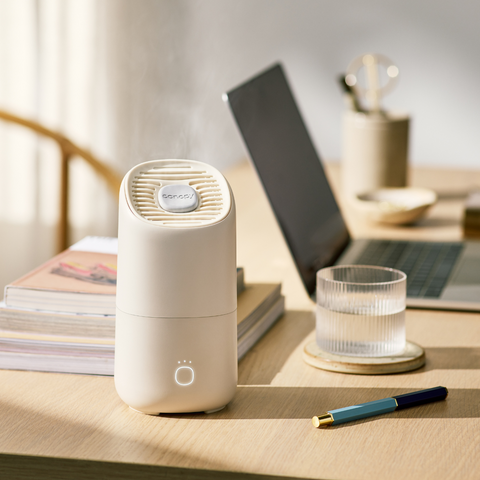
Having good air quality at work can benefit your workers and your bottom line. In environments with sufficient ventilation and reduced chemical exposure, workers have been shown to make better decisions and perform better overall. Comfort matters as well: buildings with comfortable temperatures and ideal humidity levels hold more productive, high-performing employees.
Poor office air quality, on the other hand, comes with far-reaching consequences. For one, employees who are exposed to dry or low-quality air may become sick more frequently. Unscheduled absences cost employers up to $3,600 per worker each year. Keeping employees happy and healthy is important, not only for workforce satisfaction but also from a financial standpoint.
While employees who enjoy optimal office air quality have better productivity and performance scores, the opposite is true for people with poor air quality at work. Employees who feel uncomfortable and less satisfied in their workspace may experience challenges with concentration and focus, which ultimately translates to decreased efficiency in their roles.
How to Improve Indoor Air Quality in Offices
Clearly, there are compelling benefits to enhancing your office air quality. And while some changes may require approval from landlords or key stakeholders, there are steps everyone can take—or at the very least, support—to improve their indoor air quality at the office. Here are a few to consider.
Monitor Air Quality
You can’t measure air quality improvements without first knowing your starting point, so consider using gauges to track key indoor air metrics. You probably already have a thermostat to measure temperature inside the office. Next, add a hygrometer to measure relative humidity, as well indoor air monitors. Devices are available to track pollutants like carbon monoxide, airborne particles, and nitrogen dioxide, among others.
Make Simple Swaps
While it may not be feasible to eliminate every variable that impedes your office’s indoor air quality, there are some simple changes you can make to prevent new pollutants from forming, or to prevent existing ones from getting trapped. For example:
- Carpet and fabric curtains are more likely to catch particles, so use hard flooring and smooth window coverings where possible. If you can’t remove the carpeting, add smooth chair mats to help keep workspaces cleaner.
- When upgrading your office, choose non-toxic furniture and paint.
- Encourage vacuuming instead of sweeping, which kicks up dust and other particles.
- Use non-toxic cleaning products or contract cleaning crews who use them.
- Use HEPA filters in your ventilation system and vacuum cleaner, which filter out more airborne particles than traditional filters.
Improve Indoor Humidity
Humidity can have a noticeable effect on comfort, so achieving optimal humidity levels in your office can have a direct impact on your workforce’s satisfaction and productivity. The optimal humidity range for indoor settings is 40–60%, but because most dwellings tend to be too dry, you may need to use a humidifier to reach the goal range.
Canopy’s new Portable Humidifier is an easy way to achieve personal hydration right at your desk. With easy-to-clean, dishwasher safe parts, mold-inhibiting* design inside the humidifier, and a long-lasting battery life, it’s the perfect solution for office workers.
*Mold inhibition limited to device interior. Does not treat air or environment. 3rd party lab-tested with Aspergillus niger (ATCC 6275, 16404).

